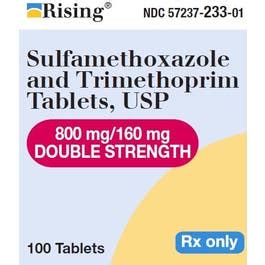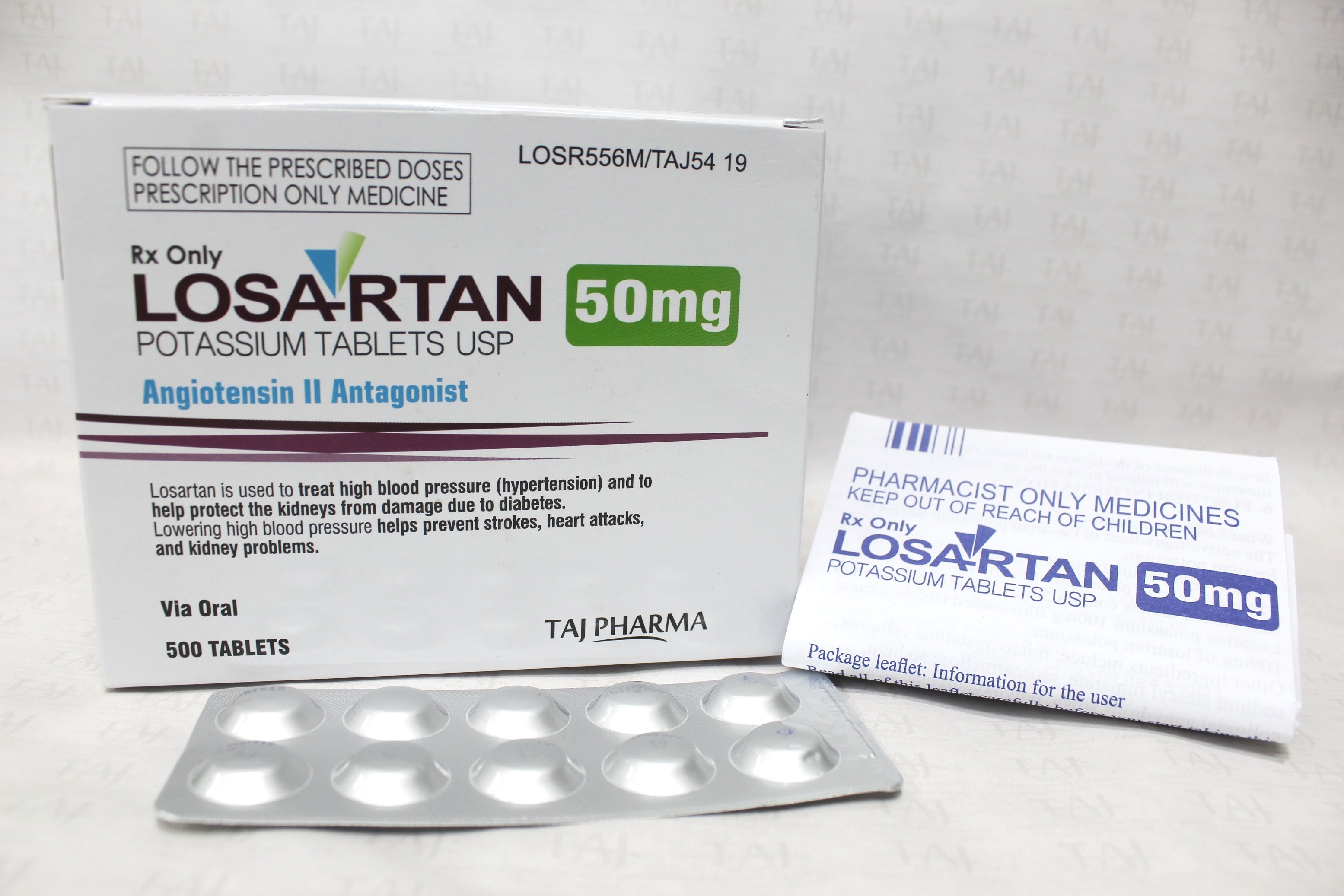Sulfamethoxazole and trimethoprim, often abbreviated as SMX/TMP, is a combination antibiotic used to treat a wide range of bacterial infections. The specific dosage of 800⁄160 mg refers to the amounts of sulfamethoxazole and trimethoprim, respectively, in each tablet or dose. This medication works by inhibiting the growth and reproduction of bacteria, making it an effective treatment for various conditions.
Understanding Sulfamethoxazole and Trimethoprim
- Sulfamethoxazole belongs to a class of drugs known as sulfonamides. It works by inhibiting the growth of bacteria by interfering with their ability to produce folic acid, a nutrient necessary for bacterial growth.
- Trimethoprim works by inhibiting the production of tetrahydrofolic acid, another form of folic acid necessary for the synthesis of nucleic acids in bacteria. When used together, sulfamethoxazole and trimethoprim have a synergistic effect, meaning their combined effect is greater than the sum of their separate effects.
Conditions Treated with Sulfameth/Trimeth 800⁄160 Mg
This combination antibiotic is used to treat a variety of infections, including but not limited to:
- Urinary Tract Infections (UTIs): Caused by bacteria such as E. coli, UTIs can affect any part of the urinary system, including the kidneys, ureters, bladder, and urethra.
- Ear Infections: Certain types of ear infections, especially those caused by bacteria, can be effectively treated with sulfamethoxazole and trimethoprim.
- Bronchitis: Acute bronchitis caused by bacteria can be treated with this antibiotic, though viral bronchitis would not respond to antibiotic treatment.
- Traveler’s Diarrhea: Caused by enterotoxigenic E. coli and other bacteria, traveler’s diarrhea can be treated with sulfamethoxazole and trimethoprim in some cases.
- Pneumocystis Jiroveci Pneumonia (PCP): This antibiotic is particularly important in the treatment and prevention of PCP, a potentially life-threatening infection that affects people with weakened immune systems, such as those with HIV/AIDS.
Administration and Dosage
The dosage of sulfamethoxazole and trimethoprim can vary depending on the specific infection being treated and the patient’s health status. For adults, the typical dosage for uncomplicated urinary tract infections is 800 mg of sulfamethoxazole and 160 mg of trimethoprim taken orally every 12 hours for 10 to 14 days. However, it’s crucial to follow the specific instructions provided by a healthcare provider, as dosages can vary based on the condition being treated and patient factors such as kidney function.
Side Effects and Precautions
While sulfamethoxazole and trimethoprim are generally well-tolerated, they can cause side effects. Common side effects include:
- Nausea and vomiting
- Diarrhea
- Abdominal pain
- Rashes
- Headache
More severe but less common side effects include:
- Allergic reactions
- Severe skin reactions
- Liver or kidney damage
- Blood disorders
It’s essential to inform your healthcare provider about any medications you’re taking, as sulfamethoxazole and trimethoprim can interact with certain drugs, including blood thinners, and decrease their effectiveness or increase the risk of side effects.
FAQs
What should I do if I miss a dose of sulfamethoxazole and trimethoprim?
+If you miss a dose, take it as soon as you remember. However, if it's close to the time for your next dose, skip the missed dose and continue with your regular dosing schedule. Never take a double dose to make up for a missed one.
Can I take sulfamethoxazole and trimethoprim if I have a sulfa allergy?
+If you have a known allergy to sulfonamides or trimethoprim, you should not take this medication without first consulting your healthcare provider. Allergic reactions can range from mild to severe and may include anaphylaxis, a life-threatening condition.
How long does it take for sulfamethoxazole and trimethoprim to start working?
+While the exact timing can depend on the type of infection being treated, you may start to feel better within a few days of starting treatment. However, it's crucial to complete the full course of antibiotics as prescribed to ensure the infection is fully cleared and to reduce the risk of developing antibiotic resistance.
Conclusion
Sulfamethoxazole and trimethoprim 800⁄160 mg is an effective combination antibiotic used for the treatment of various bacterial infections. By understanding how the medication works, its uses, potential side effects, and proper administration, patients can better navigate their treatment plans. Always consult with a healthcare provider to determine the best course of treatment for your specific condition and to discuss any concerns or questions you may have about sulfamethoxazole and trimethoprim or any other medication.



